Death Mark (ENG)
“The living and the dead can’t co-exist. If you try to accept their feelings, you’ll just end up getting pulled in.”
Written by H.R.Crabtree
A mysterious scar has been appearing on people. None of those affected are able to recall where it came from. Rumors say that it is the mark of death and anyone with the scar will soon die. But that’s ridiculous. How could anyone have a scar that they don’t remember getting? And how exactly would a scar kill a person anyway? Right? …right?
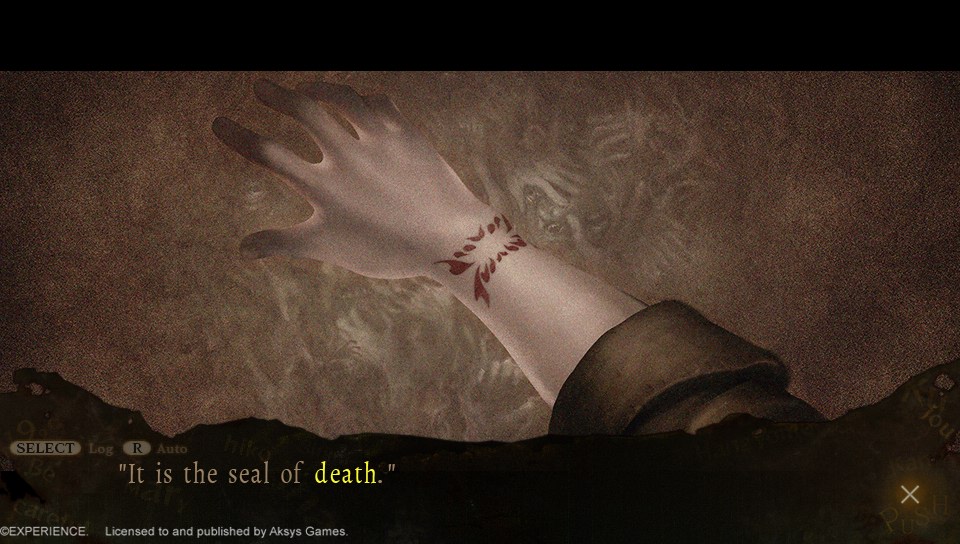
You find yourself in front of a dark mansion, the sky rumbling with thunder as if warning you of what lies ahead. You have no memories, no name and the only belonging you seem to have with you besides the clothes on your back is a business card: Saya Kujou, Spirit Healer. On the back is a picture of the mansion towering in front of you. Standing in front of Kujou Mansion with a mysterious mark on your arm, this seems to be your only option. And so, you enter. You are not the only one to be drawn to the mansion, as an eclectic group of similarly unfortunate souls continue to show up on the doorstep, many with a desire to have the rumors disproven, only to have their hopes soon dashed as yours were. With the owner of the mansion missing, you become the de-facto leader of the group, supported by the strange and only remaining inhabitant of the mansion, Mary. Each and every mark bearer will need to work together if they have any hope of surviving the curse of the Mark.
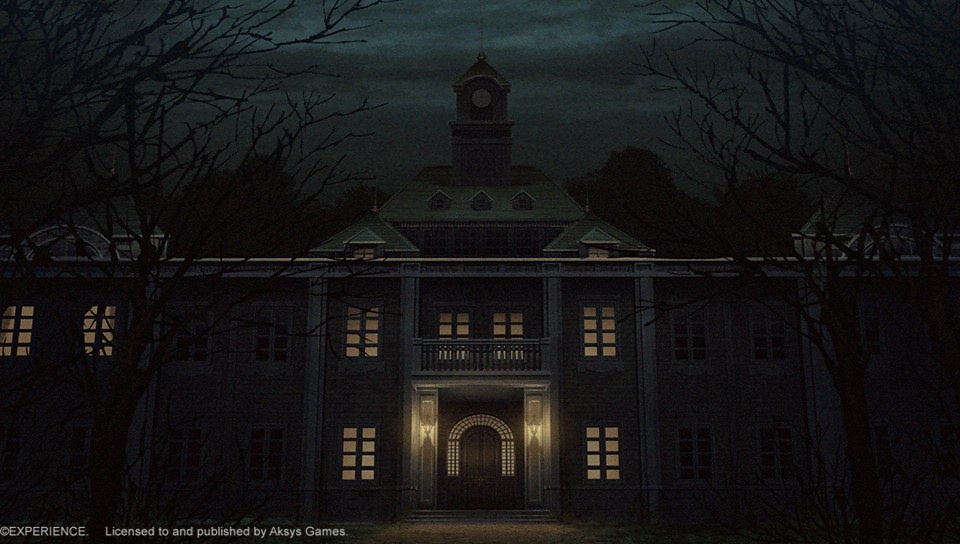
I hesitate to call Death Mark a visual novel. Though I have heard others refer to it as such, I would say it is much more of the adventure game ilk. The closest I can get to something similar would be Danganronpa, though that still doesn’t feel quite right. Unlike most visual novels with dialogue choices scattered about the story which can each subtly change the result, Death Mark has no real dialogue options that can truly affect the outcome. Instead, there are Live or Die moments, clearly indicated and generally presented as a multiple-choice scenario with a timer. Answer incorrectly and you could die, which is game over. These sections do not change how the game will end though, simply whether you will be able to continue on.
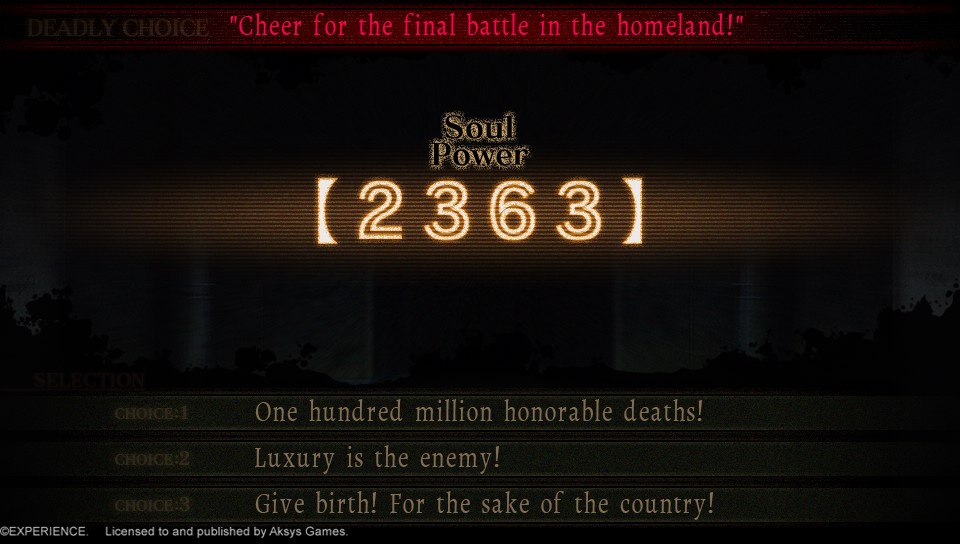
The final battle at the end of each chapter on the other hand, which function as boss battles, DO impact the ending significantly. These boss battles come in a variety of forms, but the most common is much like a turn-based RPG, where you and a partner use the items acquired during your investigation to fight the cursed spirit. The items you choose are based on a number of clues also gathered during your investigation, whether through items found or conversations had. In general, this is pretty fun and engaging. Having actual motivation to check every item and read everything you can find was a welcome change of pace when I’ve become quite used to game worlds filled to the brim with superfluous information. These tests of knowledge are extremely satisfying when they work out.
Truth be told, adventure games and I have rarely gotten along in the past and our meeting often results in some form of disaster. At its most subtle this means silently suffering in frustration. At its worst it is me bugging every possible person for their thoughts while claiming that the game is illogical anyway and simultaneously shouting that clearly, I’m an idiot, suppressing the urge to smash my Vita and everything around me, particularly in that moment when I realize the one presumably insignificant action I missed, resulting in multiple hours of lost time and certainly a bit of my sanity with it… But I am an adventure game noob. There was some frustration on the final two bosses (of which there are five in the main story) when it came to using the correct items in the correct order or combination. I ended up using a guide on both of them and I can’t fully say if I missed a nebulous clue that would have indicated what needed to be done or if it really was a weird guessing game. Initially I thought that each boss encounter would be the same basic format but I was surprised to find that many of the activities leading into the final encounter, as well as the battle itself, brought an array of concepts to the table, keeping me on my toes a large portion of the time. This is appreciated in any interactive medium but is especially important in the horror genre and is my most common concern when consuming any horror: predictability. And predictability is, without question, something that Death Mark simply does not suffer from.
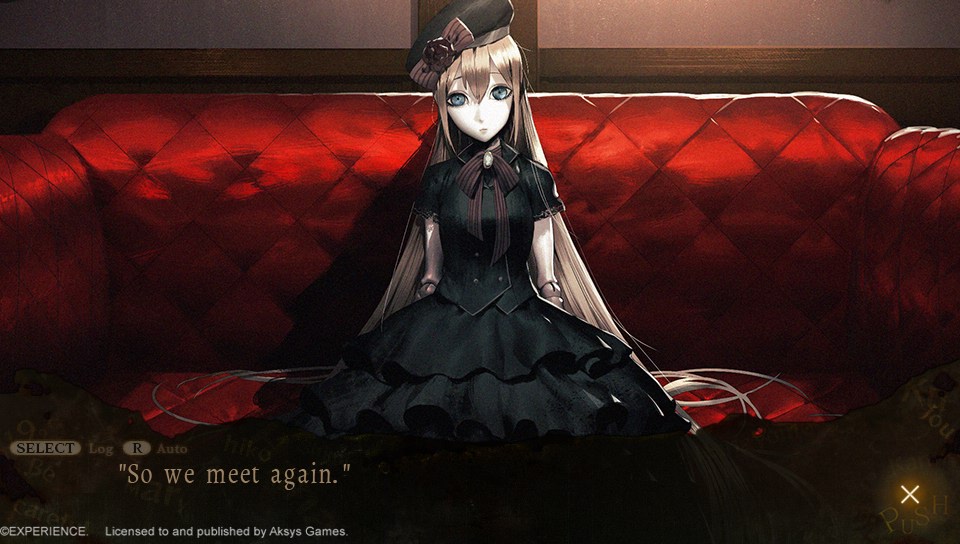
In order to play the final chapter of Red Riding Hood, which was originally released as DLC for the Japanese Vita version and included in the later Switch, PS4 and Xbox Japanese versions, you will need to achieve the Good Ending. This is done by making it through every boss battle with your partner still alive, which is based on using the correct items in that battle that results in you ‘saving’ the spirit instead of ‘destroying’ it. These are subtle differences that I never really felt had been clearly indicated to me. In certain circumstances I even felt like the requirements went against the clues I had been provided. This may be largely due to my lifelong struggle to understand the logic of adventure games and perhaps others will figure out the correct steps to take with no issue whatsoever. But, for me, I had to use a guide step by step to get the Good Ending. Guides depress me, particularly when I need to refer to them so heavily, and unfortunately Death Mark is not really made with the concept of easy re-playability in mind. Once I had achieved the Normal Ending I needed to start from the very beginning to go for the Good Ending. This could probably be averted a bit by being extremely conscientious of your saves, but I’ve always been more prone to a completely natural first playthrough and this definitely ended up being a drawback in this situation. I ended up getting the Platinum by the time I got the Good Ending, after spending hours skipping through dialogue. I find this somewhat unfortunate and I do wish there had been a more natural way to replay the story without having to lessen the impact so dramatically.
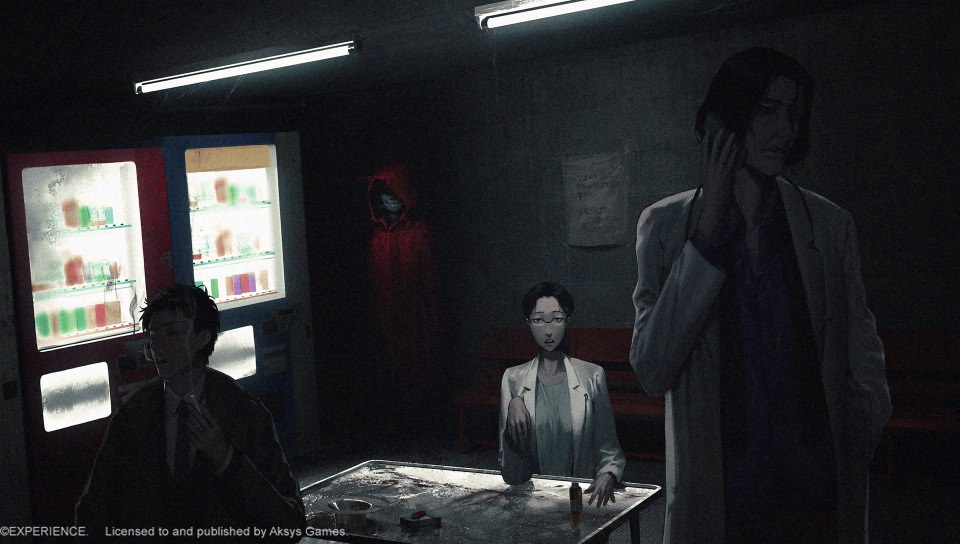
There was one frustrating flaw I experienced that has to do specifically with the localization. In a particular Live or Die moment you are asked a series of questions for which you received a hint earlier to avoid any words that sound like ‘eye’. I thought the concept was pretty straight forward until the questions started coming and there didn’t seem to be any logical pattern to the answers available or whether they were correct or not. I fumbled through by trial and error, dying multiple times and having to reload and try a different answer. I was utterly confused and frustrated but assumed that I must have missed something else in the dialogue leading up to the encounter. It wasn’t until later while looking through a guide that I realized something: The answers had been based on kanji/Japanese. With all of the answers that had appeared completely random to me there had been kanji that could mean something else that is similar to ‘eye’ or the word in Japanese has a syllable with the sound ‘eye’ in it. But written in English, or most like any other language besides Japanese, none of this can possibly come through. Once I knew of this instance of failed localization it became difficult to feel confident in any situation where I was unsure of the next step.
There was also a section where a test was given and one of the questions was on the topic of World War 2 and the United States. Oddly enough there was a question about how FDR described the attack on Pearl Harbor. While I could obviously give the correct answer, it seemed like a strange perspective for a Japanese game to have. Again, while looking through a guide later on, I noticed that the questions from the Japanese version of the game were significantly different. They were clearly written from a more Japanese perspective, including a question about the phrase used to denote the date and time to attack Pearl Harbor. But later in the game there is a Live or Die moment which asks you to recite various Japanese military battle cries. For some inexplicable reason I was able to answer all of these correctly (too much anime?) but it was surprising considering that prior questions regarding military actions had been changed for the Western release.
Looking at all of these together, I’m a little perturbed by what I see. Clearly the Pearl Harbor questions were not changed to make them more accessible to a Western audience, they were changed because they were considered a sensitive topic. If this were not the case, the other two examples also would have been altered, particularly the one involving actual knowledge of the Japanese language. I’m always a little upset when things are changed in a game, but it really bugs me when something is changed for political reasons but no one can be bothered to change the things that negatively impact the ability to play the game. It is absolutely possible that there are other situations that I’m not fully aware of that suffer from this same lack of attention and it just wasn’t explicitly explained in the guide I personally used. There is a difference between translation, localization and culturization. In theory they should all be occurring simultaneously for a game and its message to come across as intended and while supplying as similar an experience for all players across the world. In this Death Mark doesn’t quite make the cut. It is unfortunate and I suspect that language-based puzzles are particularly difficult to work with, but it appears to me that cultural sensitivity was prioritized over actual playability.
The use of a harpsichord and strings for the main theme creates a dark nursery rhyme aesthetic. There are subtleties underneath the music, such as a continuous low hum that slowly increases in frequency, subconsciously heightening anxiety and making the player feel like something horrific lurks behind any corner. The game focuses largely on atmospheric sounds that one might expect in a horror title: creaking, wind, banging coming from a distant corridor. There is also the bleak chime of a grandfather clock, subtly keeping the passage of time in your mind, and the heartening jingle of shrine bells, occasionally providing a small glimmer of hope.
The art style of this game is almost definitely why most people are drawn to it. Dark surrealism has always been visually pleasing to me in its uniquely demented fashion. Some of the imagery may even be a bit too intense for some people. But I find a macabre beauty in it, something gruesome and cathartic. The still shots drip with pain and regret and I often found myself stopping to stare and take in the whole image before me, soaking up all the horrific implications presented and internalizing the dread and decay. While the environments that you explore are not necessarily varied and are often returned to, the story effectively plays with your expectations and adds to the horror, as places that have become familiar shift and morph into something foreign and terrifying. The hope of feeling comfortable is always dashed to pieces as more of the unknown is revealed and you come to the realization that nothing and nowhere is safe.
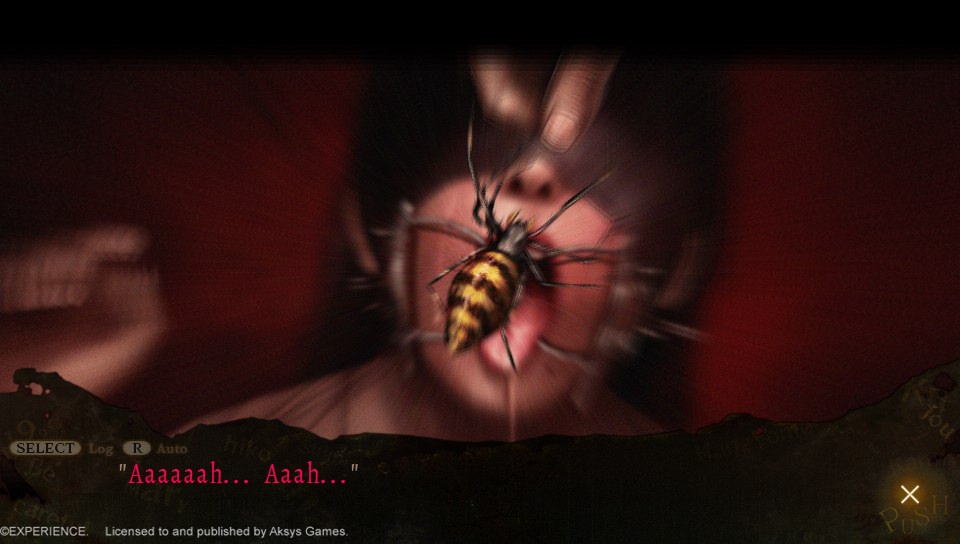
I’ve seen mentions on the internet that images were censored in the Western release, though from what I can tell the, the image in question was completely intact in the NA Vita version I played. I’m not sure if this is relegated to a particular region or to a particular platform, but I did not experience any censorship in this area during my playthrough. I can’t be sure if there aren’t other changed images, though I’ve heard that this is supposed to be the only one.
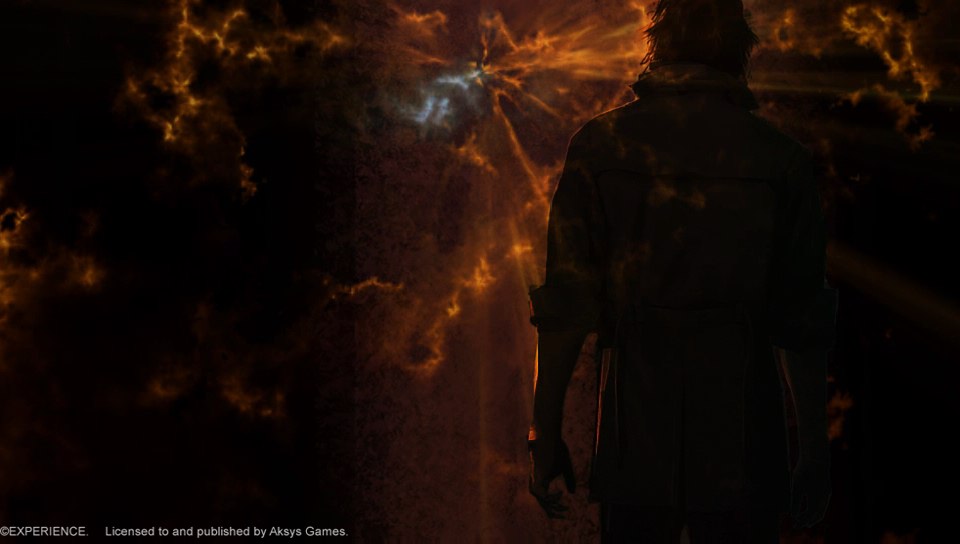
Honestly this game provides its value almost solely off of its aesthetic. The art is simply phenomenal, perfectly encapsulating the sense of foreboding, absolutely dripping with dread. I don’t know if I’ve ever played a game that so clearly emanated its intention. The story is also quite engaging and rarely gives the player any time to take a breath. I would say that perhaps they played their hand a bit too soon when it comes to the intensity of despair, with the first chapter being the one I found most disturbing and the subsequent chapters just couldn’t live up to it. But that could simply be a perspective thing, as well as it being my first foray into the game with the most potential to leave a lasting impression. Despite any setbacks when it came to gameplay, I still found myself thoroughly engrossed and truly terrified with each encounter. Between the occasional jump scare and the multitude of alarming visualizations I rarely had a chance to calm down, nor did I necessarily desire to. If you are looking for a true horror game, Death Mark will without a doubt scratch that itch. In the end there is very little out there that can come close to the grisly imagery of this game and that is something that I am loathe to put a value on. If you have the desire, and the heart, to pick up this game, you may very well be successful in defeating the Mark.
As for the DLC, it was definitely enjoyable and quite hefty (about 3 hours long), it did take a fair amount of effort to even be able to unlock it in-game. If you’re planning on getting this on the PS Vita, I would suggest playing through the game first and seeing how strong your desire is for more content and how willing you are to possibly play through the entire game a second time while using a guide. For me it was worth it but the time cost may be different for you.
Score: 9/10
We would like to thank Aksys Games
for providing copy of the game for review
Developer: Experience
Publisher: Aksys Games
Release date: 31.10.2018
Distribution: digital and physical
File size: game – 868 MB; DLC – 151 MB
Price: $39.99 + 9.99 DLC; £34.99 + 7.99 DLC; €39.99 + 9.99 DLC
The game is also available on Nintendo Switch for $49.99; €44.99; £49.49.

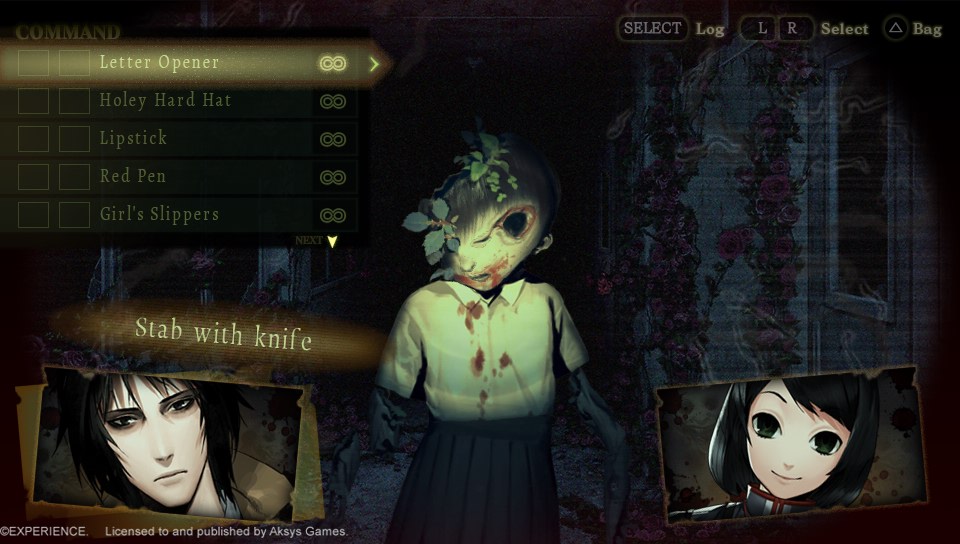
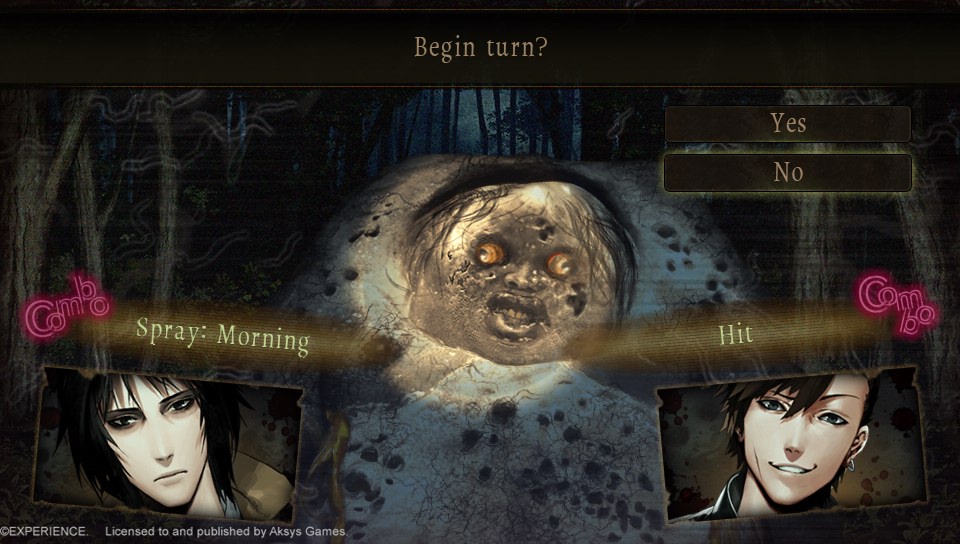
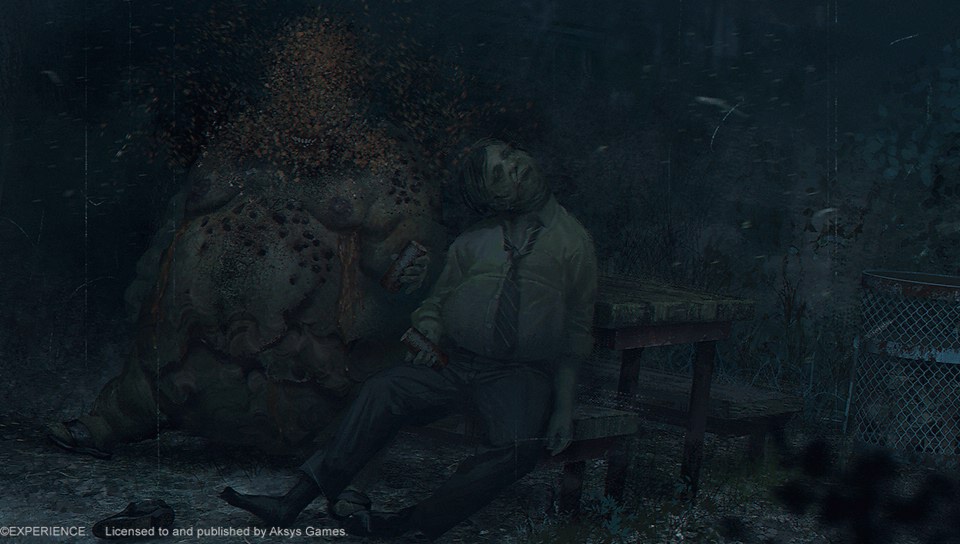
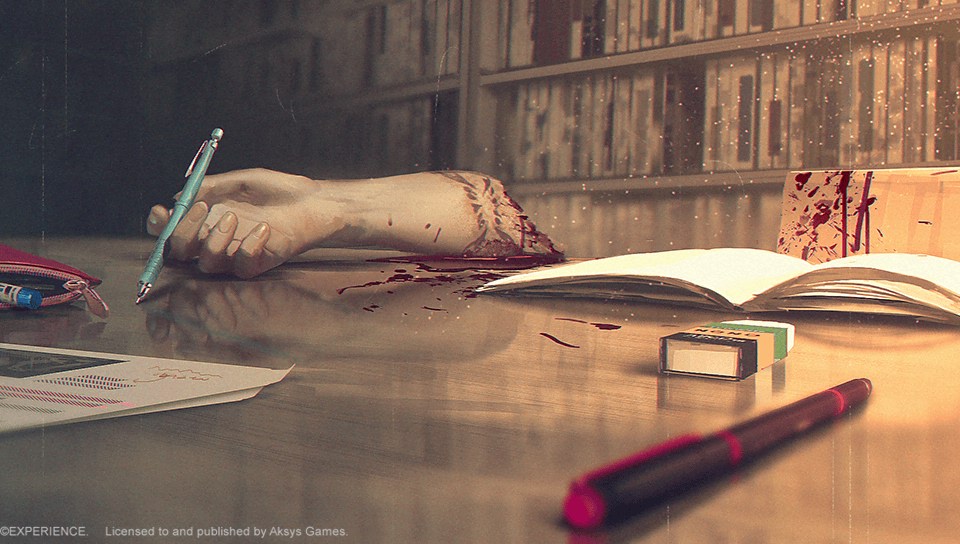
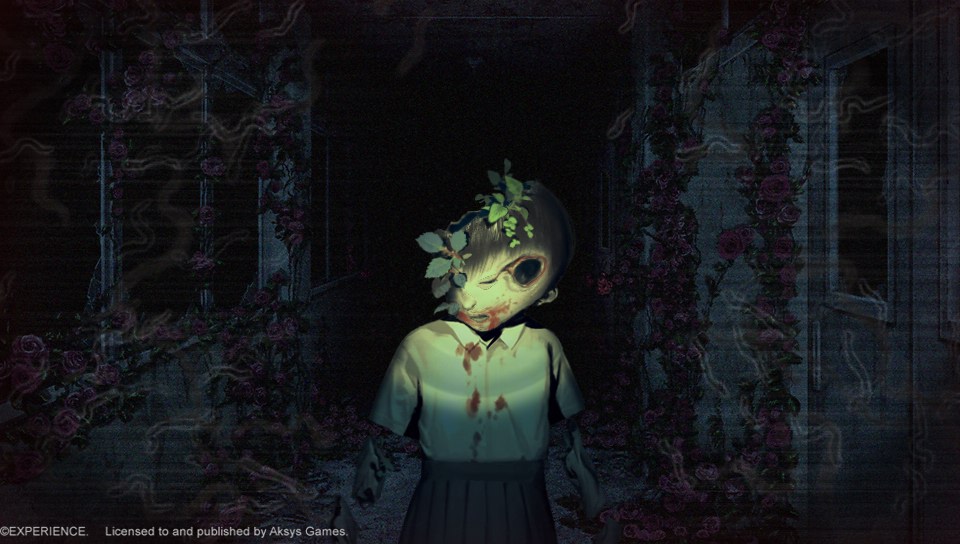
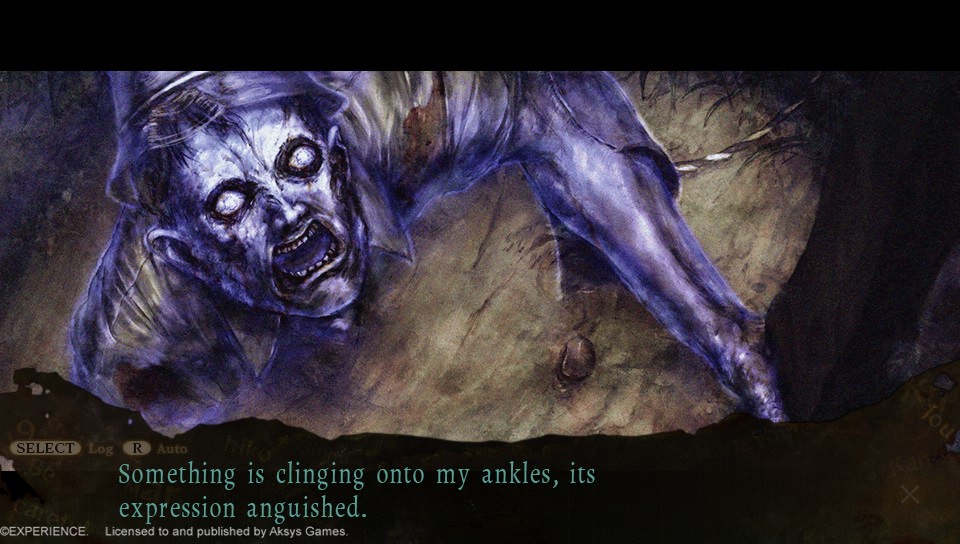
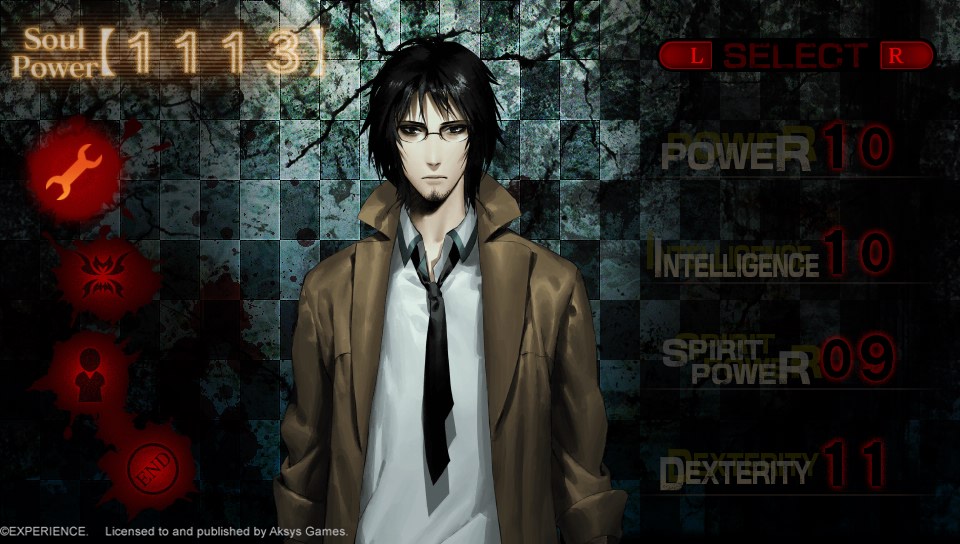
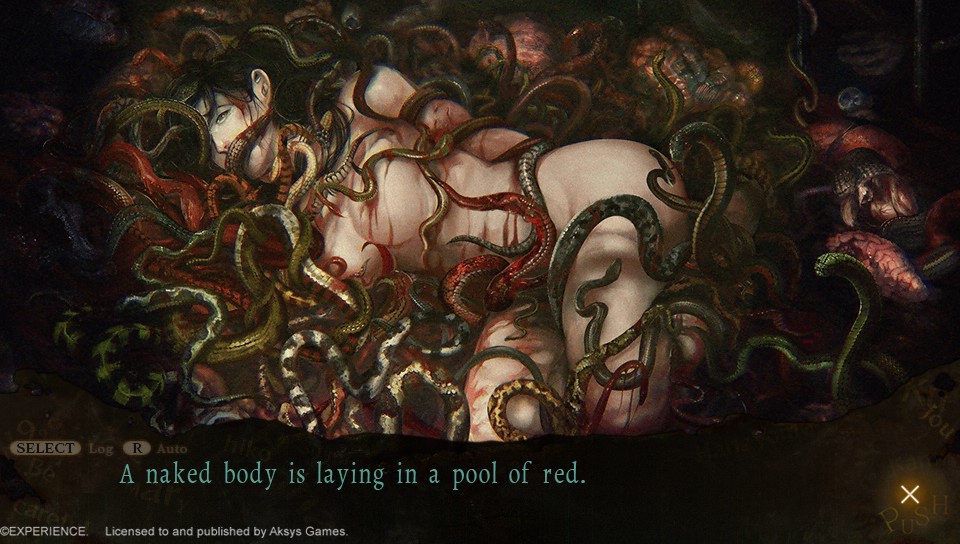
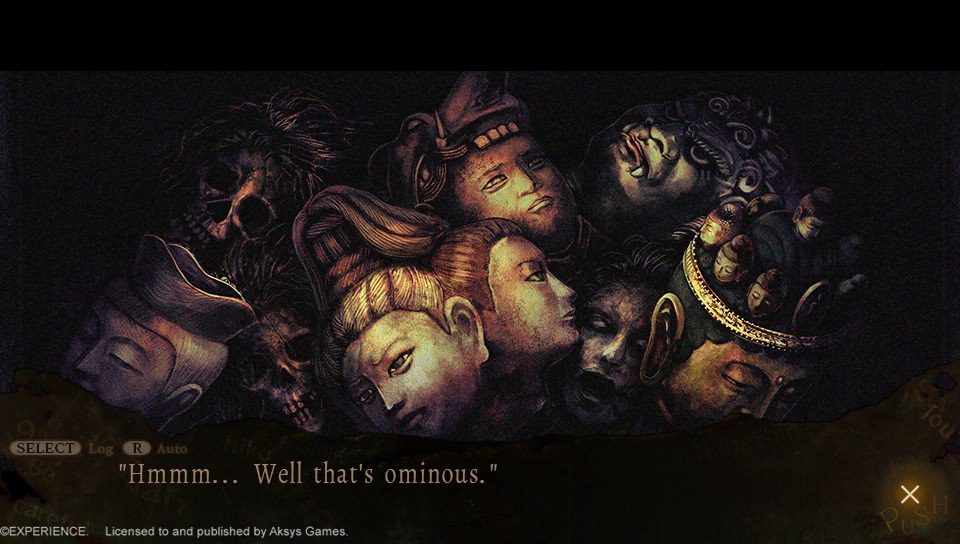
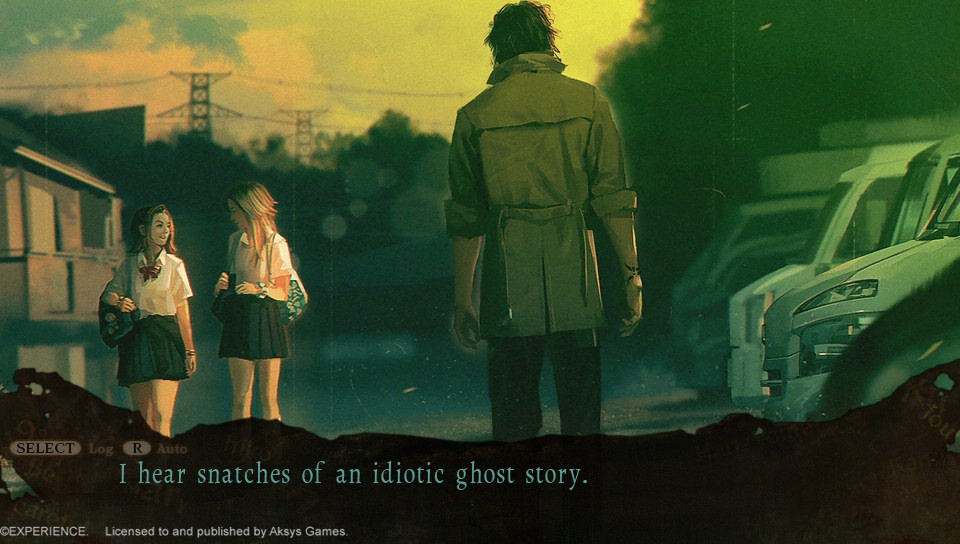
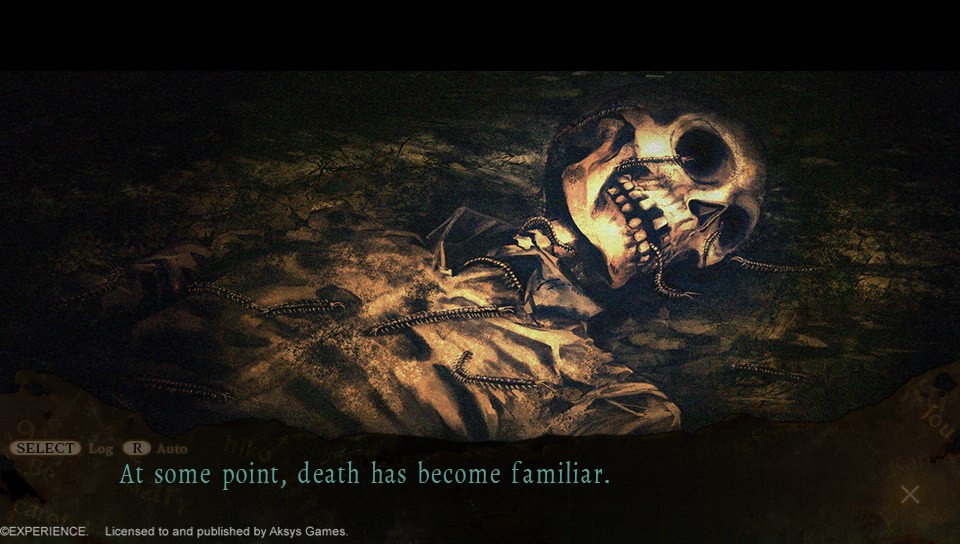
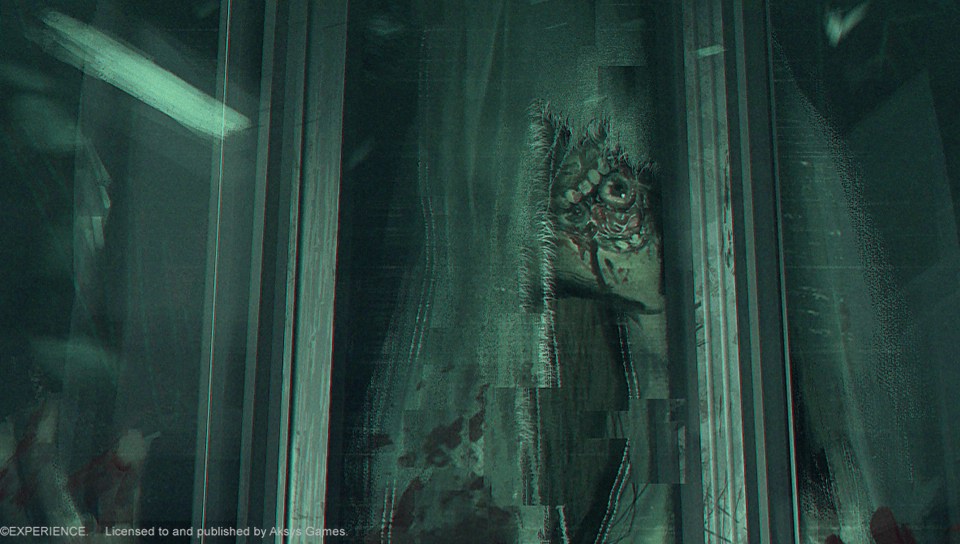
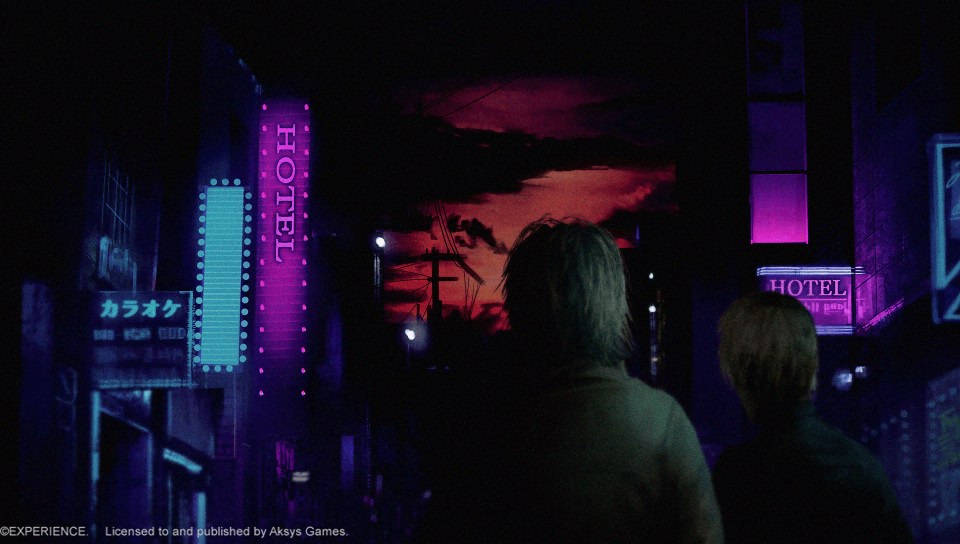
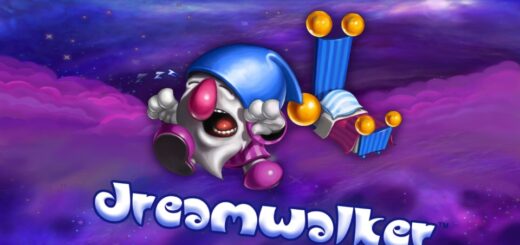

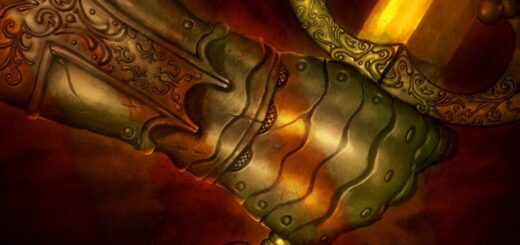
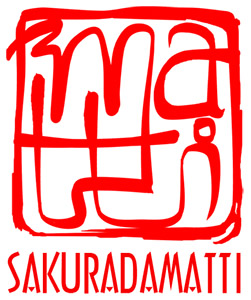

Najnowsze komentarze